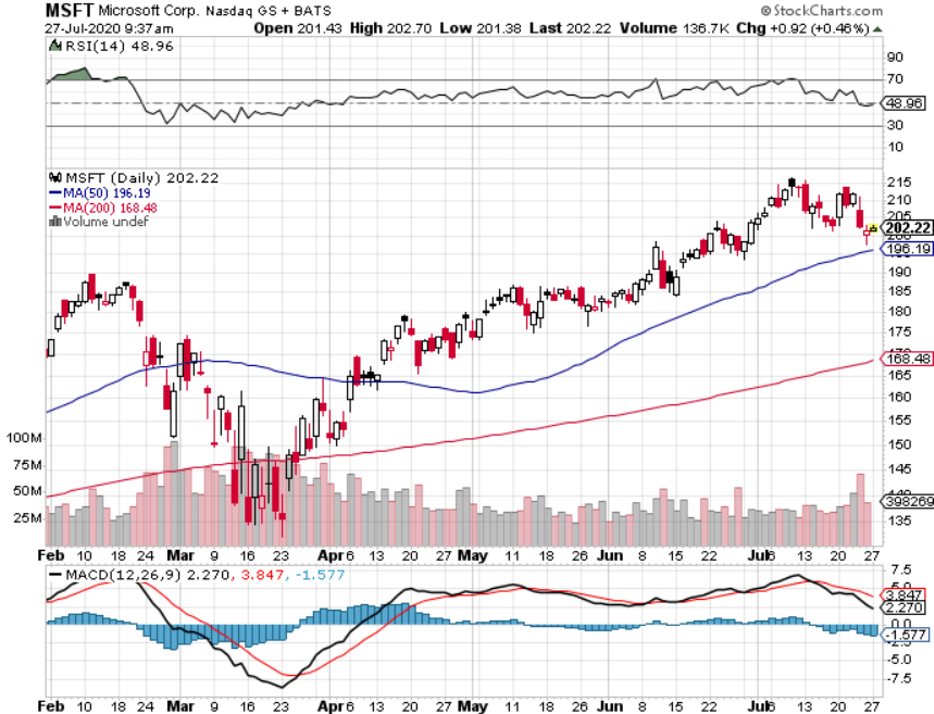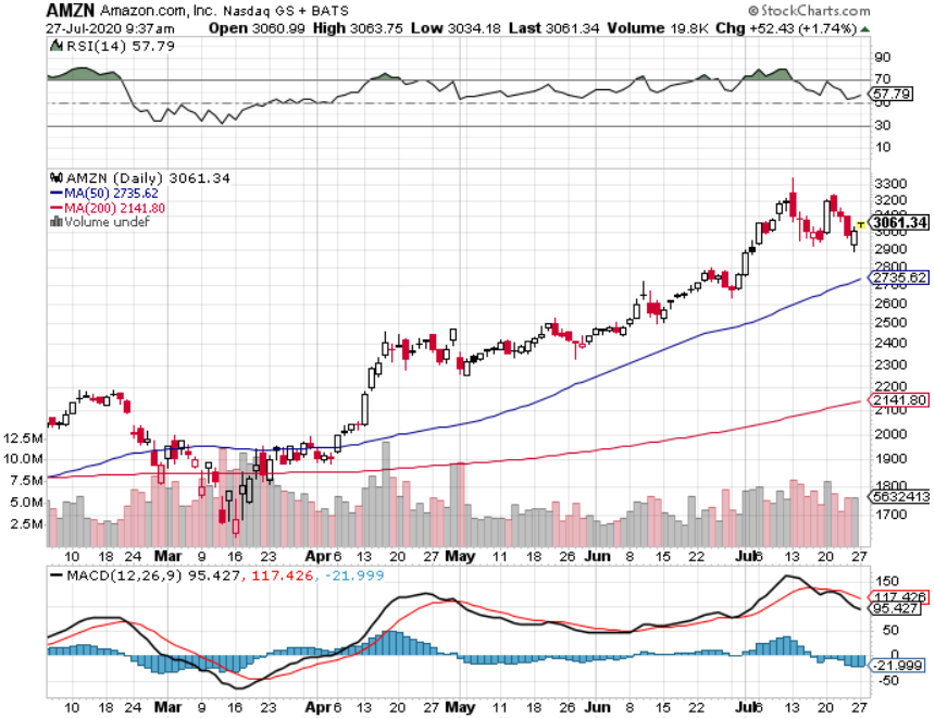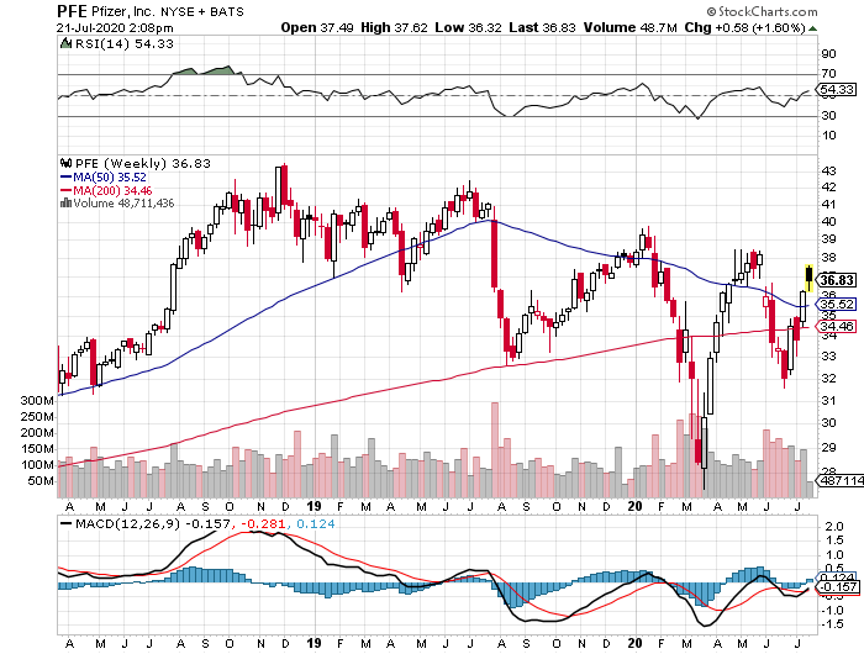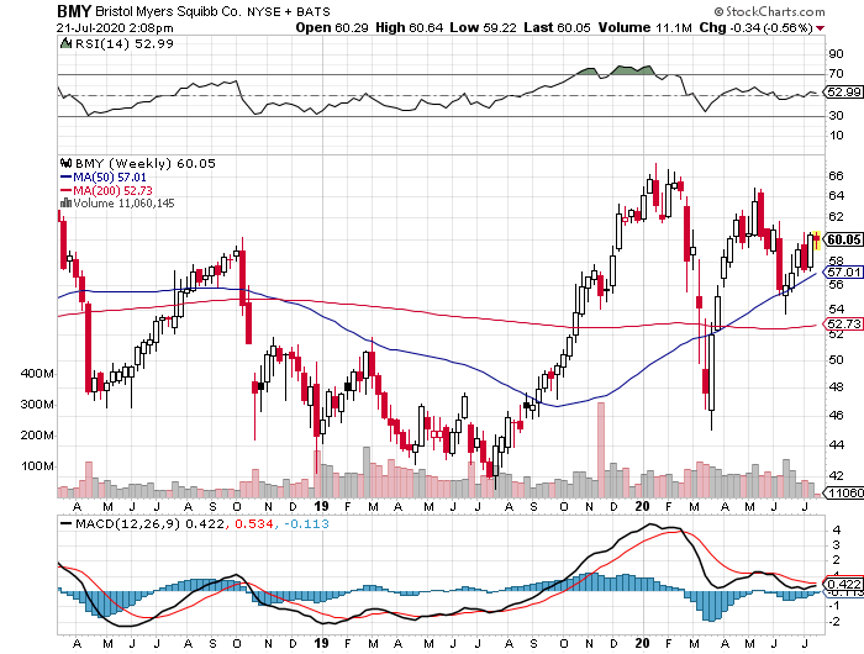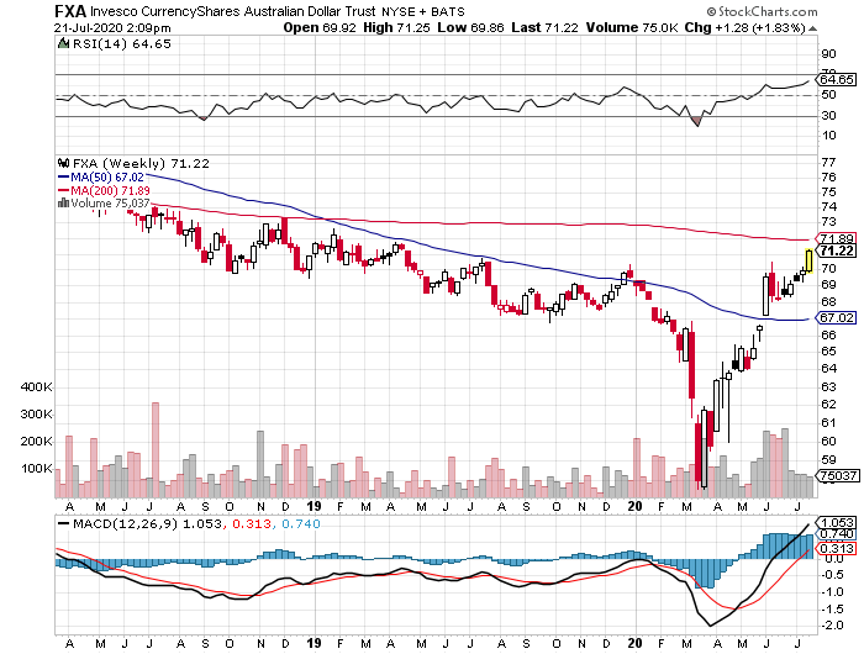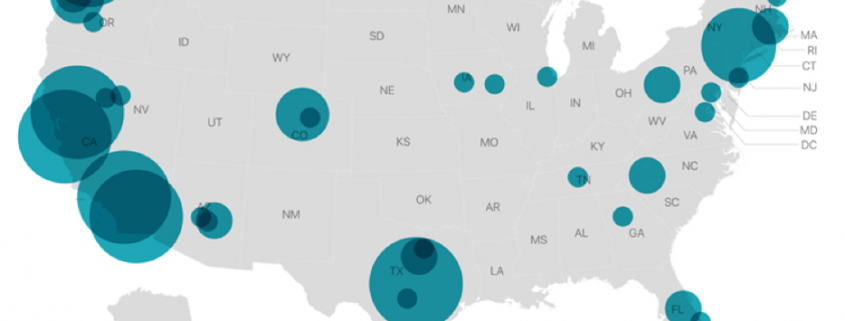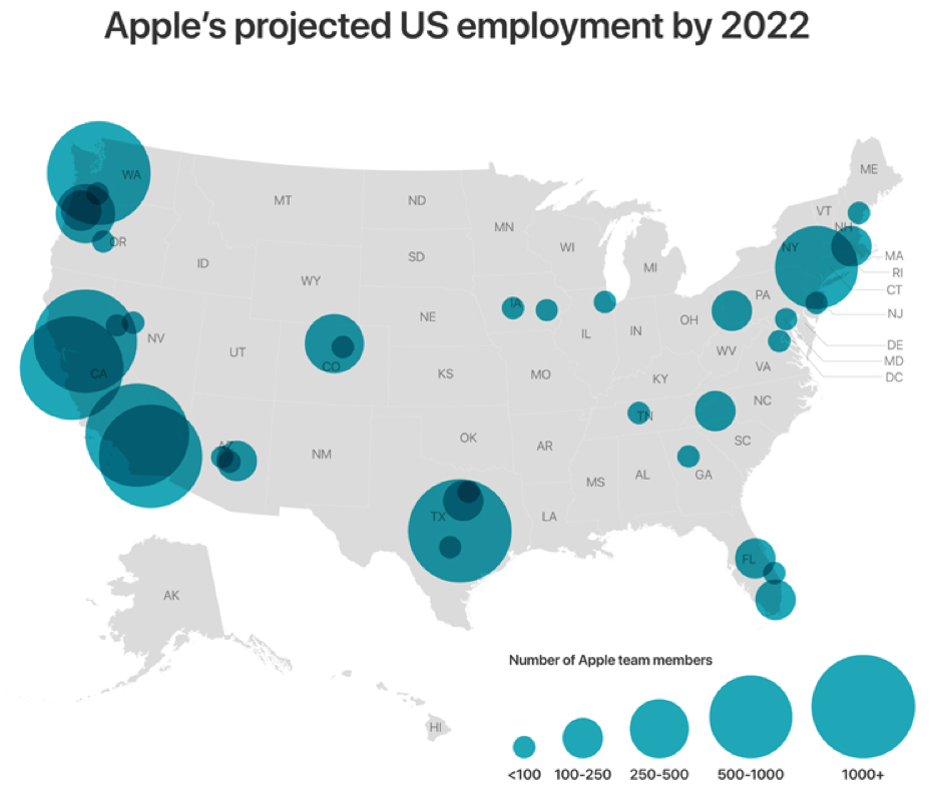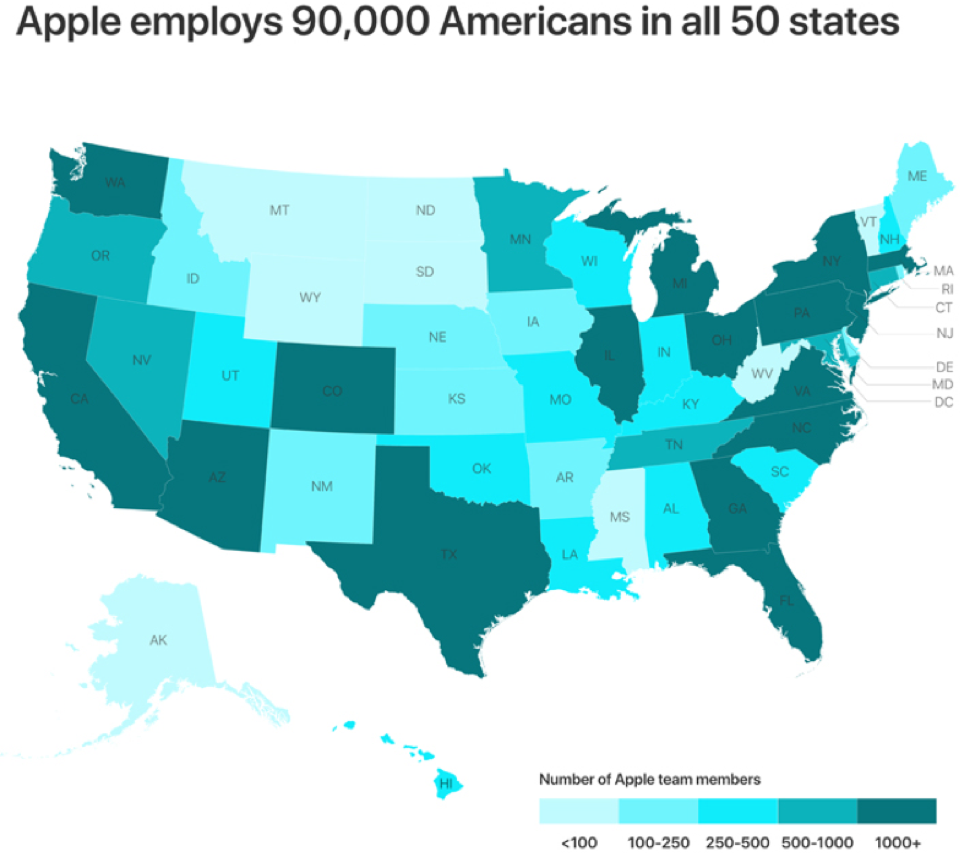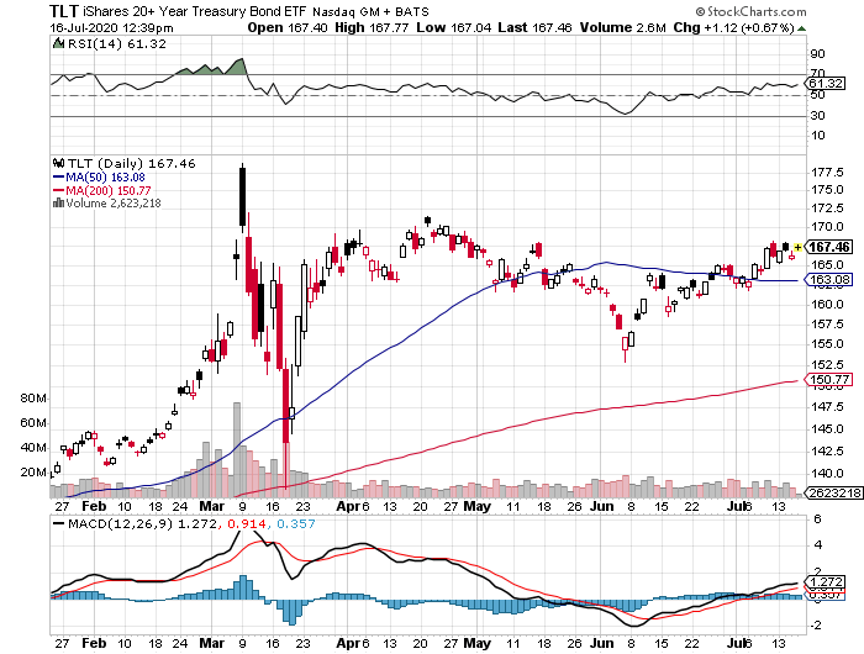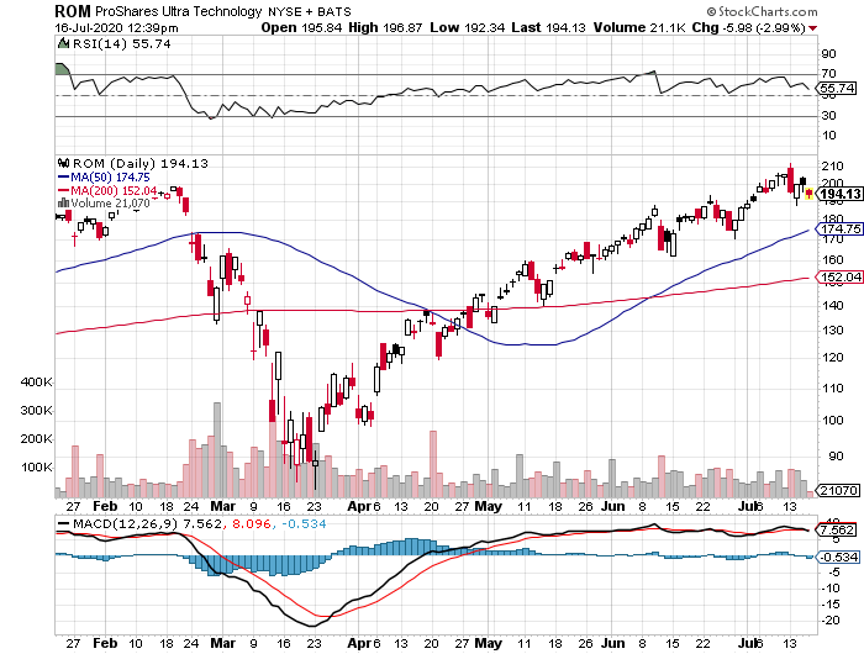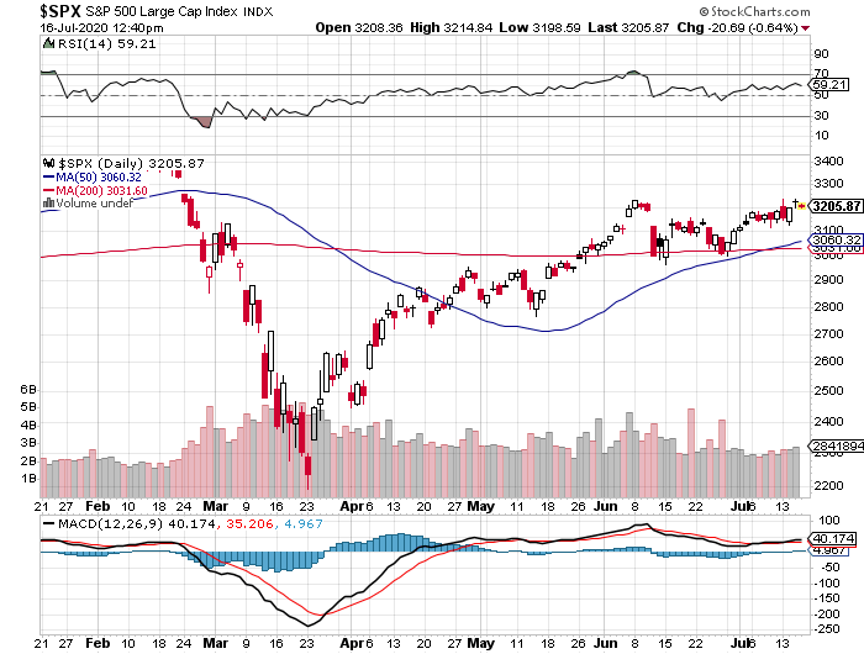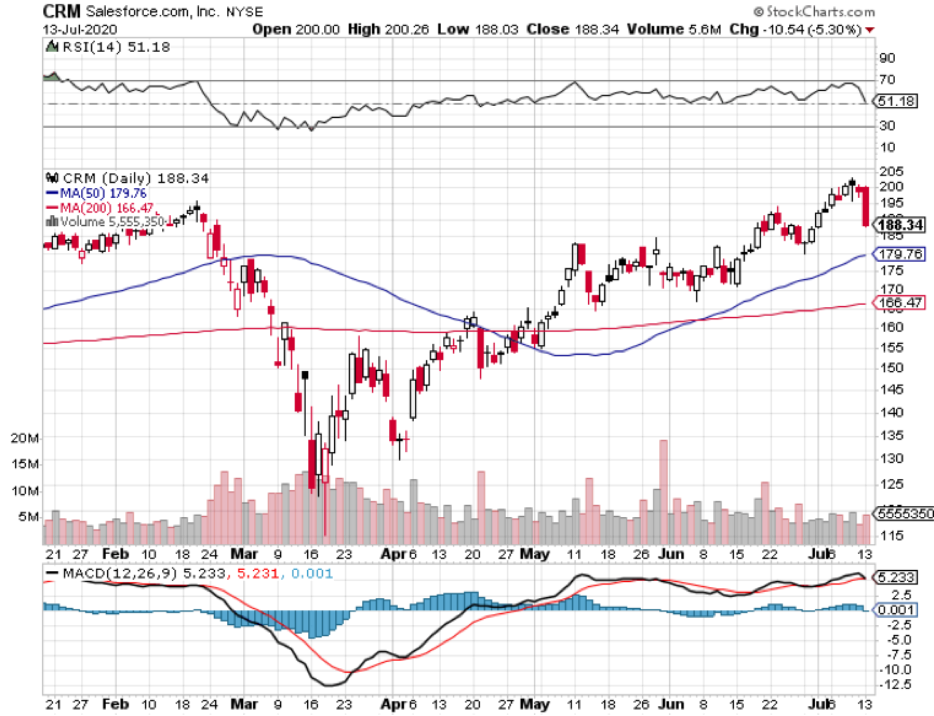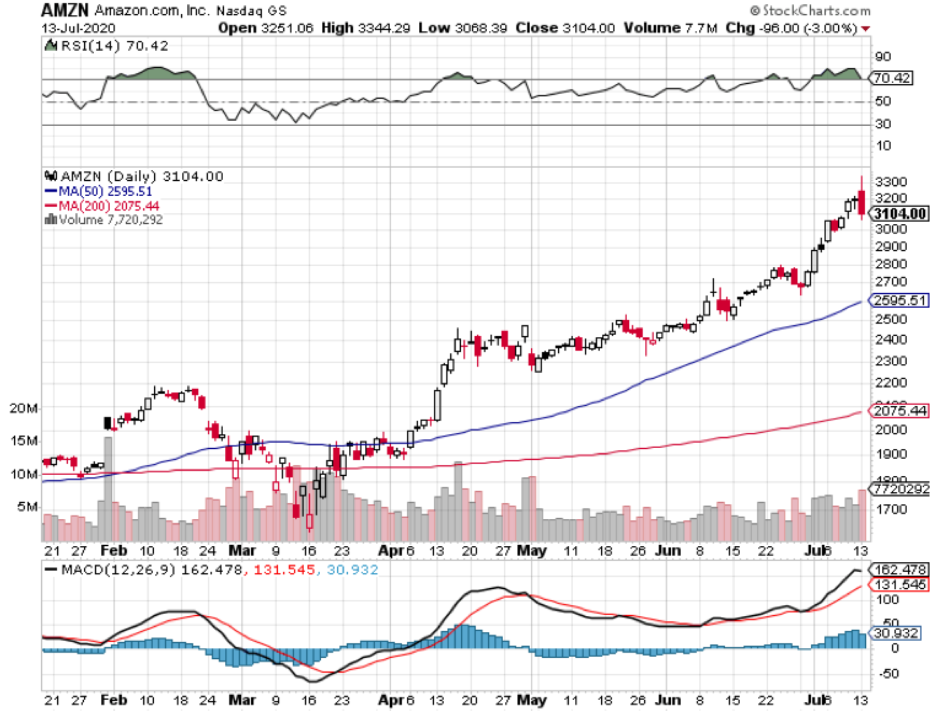Today’s tech newsletter might be the most important one you will ever read.
It’s my job to distill exactly what is going on in tech and disburse this information in a way that readers can take advantage of it in real-time.
The tech market is all about striking when the soil is fertile.
The five largest stocks in the S&P 500, Microsoft (MSFT), Amazon (AMZN), Apple (AAPL), Google (GOOGL), and Facebook (FB) have accrued a combined valuation that surpasses the valuations of the stocks at the bottom 350 of the index.
This means that if you weren’t in tech the past few years, chances are that your portfolio significantly underperformed the broader market.
Even in August 2018, many active managers could have thrown in the towel and said the late economic cycle was way too frothy for their taste and time to take profits.
Little did they know that betting against the best growth industry in the last 2 generations would equate to self-firing themselves, because to replicate the same type of performance would have meant staying in tech through the coronavirus scare.
Many in the trading community would even go as far as to say to wait for the bear market, then big tech would get hammered first and deepest because of their lofty valuations.
These tech companies were in for a rude awakening and shares had to consolidate, right?
Well, anyone who doesn’t live under a rock is seeing the exact opposite play out with Amazon, Microsoft, and Apple valued above $1 trillion and still soaring as we speak.
This goes to show that betting against something because they are “too expensive” or “too cheap” is a fool’s game.
Just take oil for instance, that many retail investors bought because they came to the conclusion that oil could never go below zero.
Then playing oil through an ETF with massive contango meant that the index is likely to go down even if the price of oil is up.
Not only do investors bear insanely high risk in these trading vehicles, but also a systemic risk of oil ETFs blowing up.
Oil is cheap, and it can get cheaper, while tech is expensive and can get a lot more expensive.
Until there are structural changes, there is no point to bet on a sudden reversal out of thin air.
The “reversion to the mean” trade can blow up in your face if used irresponsibly.
Betting against things that an individual perceives as unsustainable and secretly hoping that they cannot continue to go on is probably the worst strategy that I have ever heard of in my life.
The reality is that these things are sustainable, and tech shares will keep moving higher uninterrupted until they don’t.
"Until they don’t" would mean meaningful structural damage to big tech’s business model, which I do not see one iota in today’s business climate.
In fact, these companies just keep going from strength to strength.
Active managers are the ones who set market prices and they help the momentum accelerate in tech with full knowledge that if they miss out, there is likely no other solution to hit yearend targets.
What active manager doesn’t want their year-end bonus?
Even analyze the value investors who, in a normal world, would not even consider tech companies because they avoid the traditional “growth” profile.
Funnily enough, these “value” investors have Microsoft in their portfolios now, even though it is not close to a value stock.
So what has Microsoft accomplished recently?
CEO of Microsoft Satya Nadella has rebuilt a company Microsoft that is now equal in value to The Financial Times Stock Exchange 100 Index, the share index of the 100 companies listed on the London Stock Exchange with the highest market capitalization.
That’s right, one American company is just as valuable as the top 100 public companies in England.
Even more hilarious, Jeff Bezos’s wealth is greater than the entire European country of Hungary.
Yes, the one south of Poland that serves goulash as the national cuisine.
An even broader view of tech would give us an even more stunning snapshot of the success showing that the Top 5 tech stocks are now worth more than the entire developed stock market outside the U.S. such as Europe, Canada, Japan, Hong Kong combined.
Then take into consideration that these companies are on the cusp of penetrating high margin industries like medicine and healthcare which will translate into another golden decade of accelerating revenue and elevated profits relative to the rest of the S&P index.
The U.S. is a place where unfettered capitalism is promoted and implemented, and tech’s outperformance manifests itself by pouncing on the winner-takes-all mentality.
Americans like winners and the rules are no different in corporate America.
These 5 tech names have contributed over 20% of the gains in the past month and until they falter, there will be no tech sell-off.

